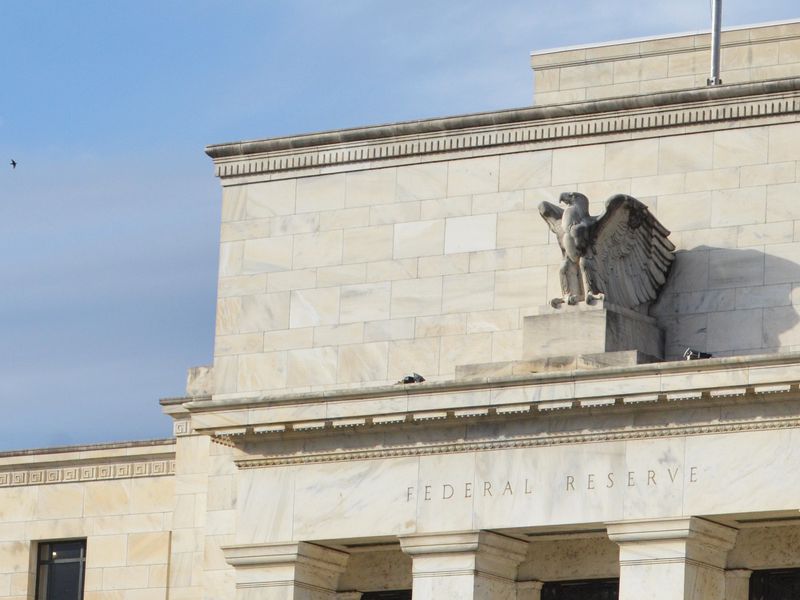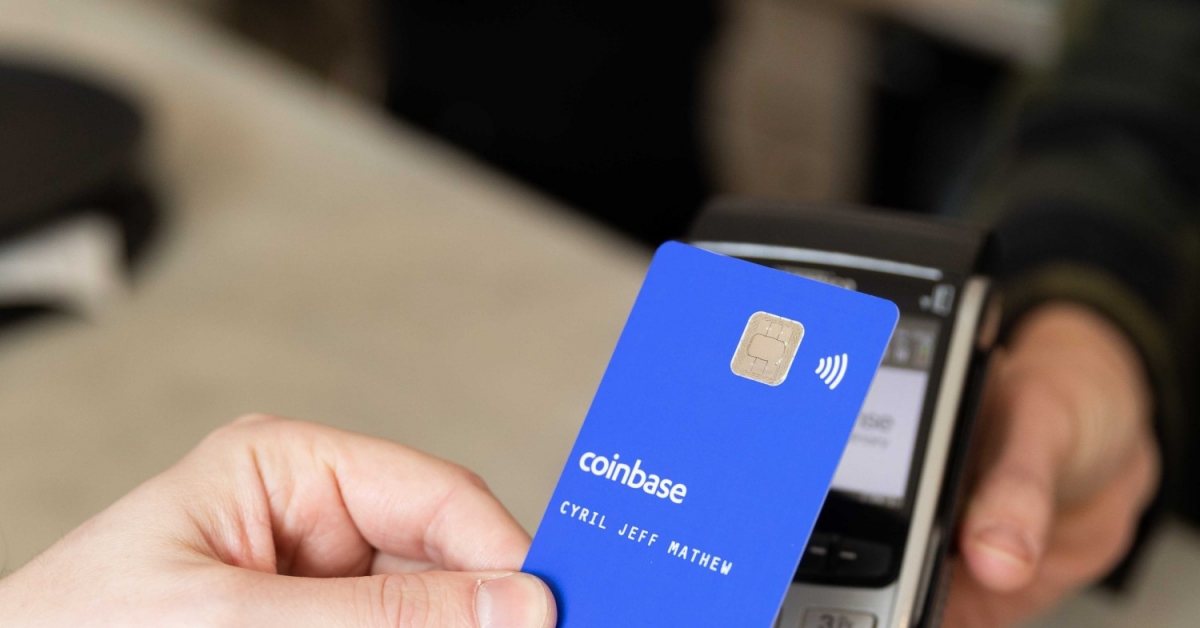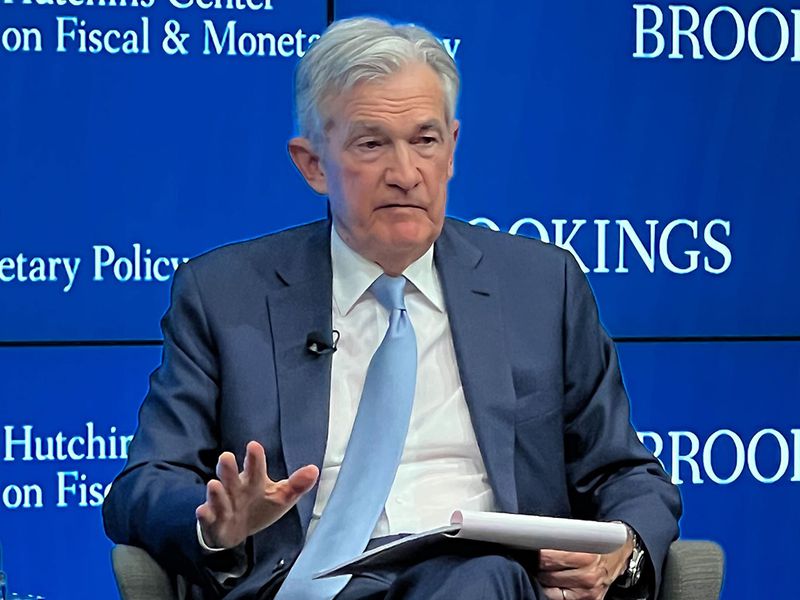The Map Is Not the Territory: Rethinking Crypto as an Asset Class

Sid Kalla, CFA and Bradley Miles are co-founders of Roll, an open standard for social money on the ethereum blockchain.
The following is an exclusive contribution to CoinDesk’s 2018 Year in Review.

Over long time periods, bitcoin’s returns have been uncorrelated to the stock, bond or commodity markets.
Even though bitcoin has been highly volatile, adding a small amount of bitcoin to a portfolio of stocks and bonds can actually improve its risk-adjusted returns (improve the Sharpe ratio). The drivers of bitcoin’s returns are very different from those of the other markets, and it is therefore rightly seen as an attractive asset class by investors.
However, generalizing this observation to the broader “crypto market” can be hazardous to investor returns.
Let’s first try and understand what it means to talk about ‘crypto as an asset class’ in the first place. Investopedia defines an asset class as follows:
“An asset class is a group of securities that exhibits similar characteristics, behaves similarly in the marketplace and is subject to the same laws and regulations.”
In reality, these don’t need to be securities – for example, real estate and commodities are not securities but commonly thought of as asset classes.
When we look at the “crypto market” today, does it fit that definition? We argue it doesn’t.
The Case Against
The “crypto market” today is made up of crypto assets that have fundamentally different characteristics. They are governed by different economic realities, have different market structures and have different return characteristics. They are simply too varied to be aggregated into one asset class.
Unlike common stocks that have pretty well-defined economics (limited liability, fractional ownership, voting rights, etc.), this isn’t the case for crypto assets. The economic characteristics of MakerDAO’s MKR token are fundamentally different from Augur’s REP and both are fundamentally different from Ethereum’s ETH.
Philosopher Alfred Korzybski’s metaphor of distinctly separating the “map” (belief system) from the “territory” (reality) is an apt analogy here. Simply using ‘crypto’ to describe all of the tokens above despite their respective incentive structures is mental shorthand – a mental “map” to navigate the space, which doesn’t accurately reflect the “territory.”
During speculative bubbles, like the one we saw in late 2013 and again in 2017, all crypto assets tend to move together with strong correlation. Over longer time periods, however, this just isn’t true (in fact, many of the most popular crypto assets from 2017 don’t have a long enough price history).
Here’s a December 2013 snapshot of the crypto market as a reference. Outside the top 3, barely any even have survived meaningfully to this day (with the honorable exception of Dogecoin of course).

Setting Expectations
To add a whole new dimension to this confusion, 2018 saw the hype around “security tokens” as a way forward for the crypto industry. A security token is backed by an underlying asset, like real estate.
If security tokens are the new ICOs, their economic characteristics are nothing alike. If a luxury resort does a security token offering, the returns on that are going to be much more correlated with the luxury resort market, or the real estate asset class than bitcoin. As the industry progresses, there are sure to be many more types of crypto assets, each with its own crypto-economic design and return characteristics.
As new projects enter the space – think Filecoin, Grin, Dfinity, Hashgraph, Algorand, etc., investors would do well to ask themselves the fundamental thesis on which they are buying a crypto asset.
Investors can be easily misled into believing they are investing in bitcoin’s uncensorable money thesis or Ethereum’s decentralized computing thesis when in reality they are simply buying startup stock or local real estate.
Diversification needs to be done more intelligently than buying a bunch of crypto assets and crossing your fingers – investors need a “map” with finer detail to navigate the “territory.
After all, there is no reason to believe that the $100,000 digital cat’s returns should be strongly correlated to $1 billion dollar Telegram network, even though they are both technically “crypto.”
Have an opinionated take on 2018? CoinDesk is seeking submissions for our 2018 in Review. Email news [at] coindesk.com to learn how to get involved.
Keyboards via Shutterstock










